The acupoints suitable for moxibustion during the beginning of winter mainly include Zusanli, Guanyuan, Shenshu, Dazhui, Yongquan, etc. These acupoints help to warm up yang and dispel cold, enhance immunity, and are suitable for winter health regulation.
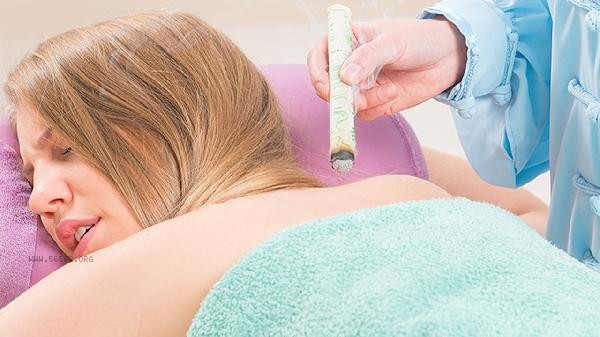
1. Zusanli
Zusanli is located on the outer side of the calf, 3 inches below the calf's nose. Moxibustion of Zusanli can invigorate the spleen and stomach, nourish the middle and nourish qi, and improve common gastrointestinal dysfunction problems in winter. It is particularly suitable for people with cold hands and feet and loss of appetite. During operation, moxa sticks can be used to gently moxibustion for 10-15 minutes, with local warmth as the temperature.
2. Guanyuan
The Guanyuan acupoint is located 3 inches below the navel and is an important acupoint for nourishing qi. Starting winter moxibustion with Guan Yuan can warm and nourish kidney yang, alleviate symptoms of kidney yang deficiency such as soreness and weakness in the waist and knees, and frequent nocturia. Suggest using ginger separated moxibustion method, placing ginger slices on acupoints and applying moxibustion to enhance the warming and tonifying effect. Pregnant women should avoid using this acupoint.
3. Shenshu
Shenshu is located 1.5 inches below the spinous process of the second lumbar spine. Moxibustion of Shenshu can directly warm the kidneys and improve symptoms such as winter chills and lower back pain. It can be used in conjunction with the Mingmen acupoint for moxibustion, using the rotary moxibustion technique, with each acupoint moxibustion lasting 5-8 minutes. People with sensitive skin need to control the distance of the moxa stick.
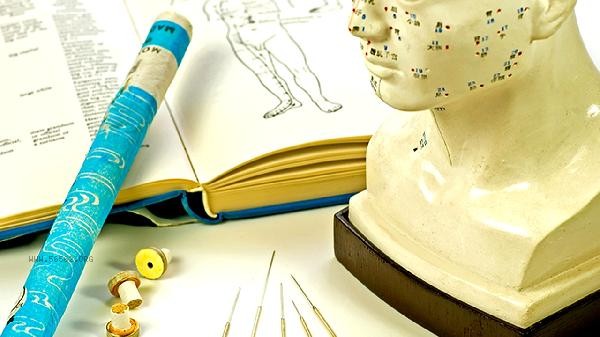
4. Dazhui
The Dazhui acupoint is located in the depression below the spinous process of the seventh cervical vertebra. Moxibustion of Dazhui can invigorate yang qi and prevent winter colds. It also has a relieving effect on neck and shoulder stiffness caused by long-term desk work. It is recommended to use the sparrow pecking moxibustion method, which involves quickly approaching and leaving the acupoint with moxa sticks to avoid burns.
5. Yongquan
The Yongquan acupoint is located in the depression at the front of the foot. Moxibustion with gushing springs can ignite the fire and restore the essence, improve symptoms such as insomnia and inflammation caused by deficiency fire. When applying moxibustion, it can be combined with Wu Zhu powder application to enhance the warming and promoting effect. Attention should be paid to patients with diabetes to avoid scalding caused by insensitive feet. Attention should be paid to keeping warm and avoiding wind indoors during the beginning of winter moxibustion, and avoiding contact with cold water within 2 hours after moxibustion. Individuals with yang deficiency constitution can receive moxibustion 2-3 times a week, with 2-3 acupoints selected for alternating moxibustion each time. Ginger and red date tea can be consumed before and after moxibustion to assist in dispelling cold. If symptoms such as dry mouth and sore throat occur, the amount of moxibustion should be reduced or paused. If necessary, consult a traditional Chinese medicine practitioner to adjust the plan. Winter health preservation can also be combined with early sleeping and late waking, moderate exercise, and other methods to comprehensively enhance physical fitness.
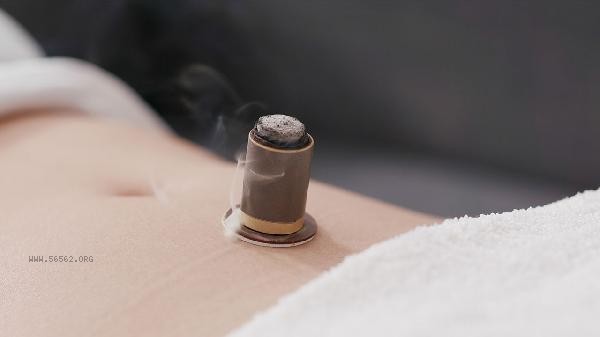

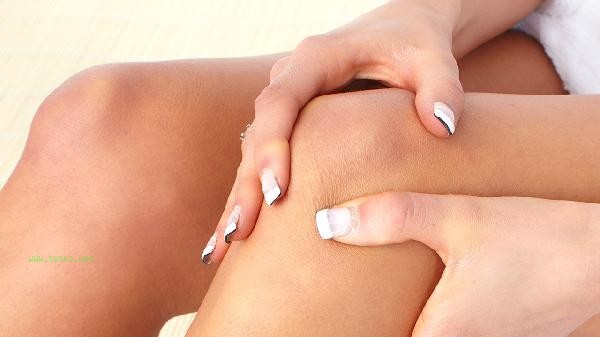
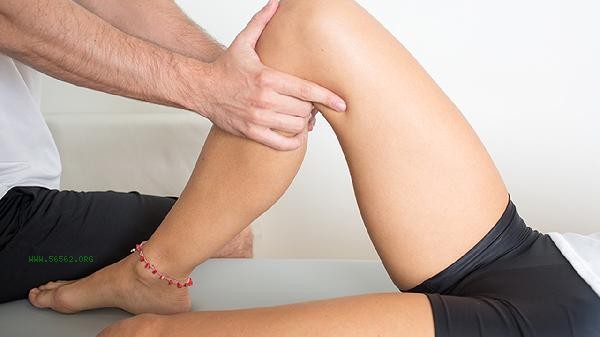
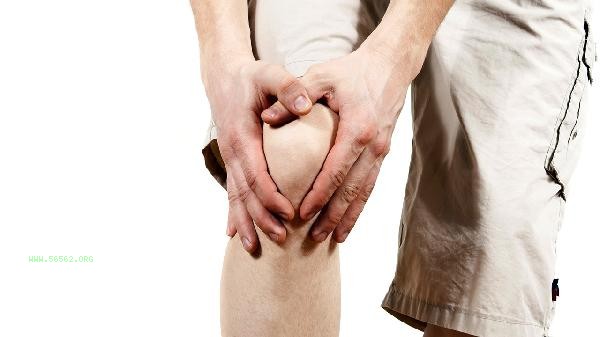
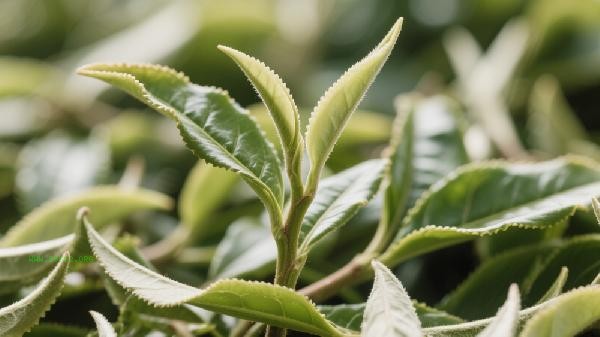
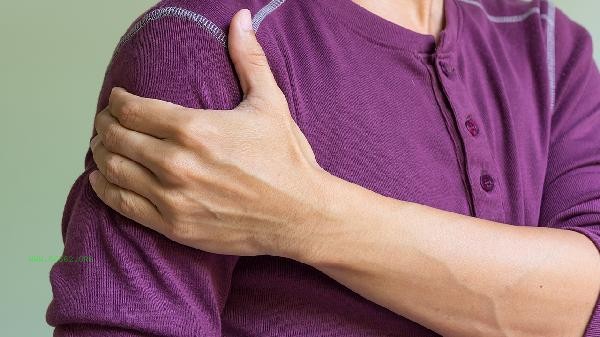


Comments (0)
Leave a Comment
No comments yet
Be the first to share your thoughts!